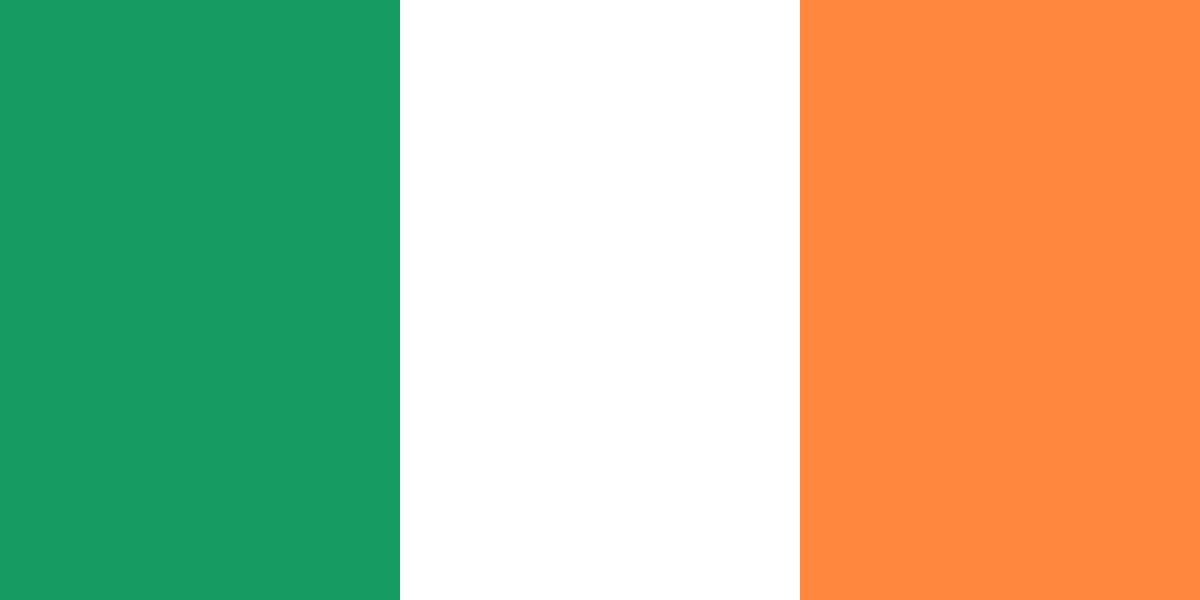How the Church Lost Ireland
Posted on May 27, 2015
More than three centuries after Christ died, St. Patrick came to Ireland and converted the pagans to Christianity.
The Erin Island is the furthest Western outpost of Europe (not counting Iceland and Greenland) and having the Irish convert to Christianity turned out to be a good thing for Western Civilization.
As many authors have written, in the darkest days of the Dark Ages, amid the Decline and Fall of the Roman Empire, it was the Irish and their Christian Monks who saved the critical links between Greek and Roman history and the Enlightenment.
They were the ones who kept the faith alive as Rome was being sacked by the Vandals and the Goths and the Barbarians at the gate.
The Irish Church didn’t have an easy time of it, though.
As the British Empire gained power and strength, they sought to assert their dominance on the Irish.
When King Henry VIII decided that he deserved to have as many Mulligan marriages as was necessary to produce a male heir (which of course, never happened) the resulting breakup of the Catholic Church and the English proved to be problematic for the Irish people.
Instead of following Henry into sin, the Irish resisted. The more they resisted, the more the British persecuted them for their religion. And the more the Irish were persecuted for their faith, the more they clung on to it, as if it were a lifeboat adrift in the Ocean.
For several hundred years in the history of Ireland, it was illegal for the Irish to openly practice their faith. And as usually happens with the Irish, the more you told them that they couldn’t do something, the more they did it.
A hundred years ago (next Easter), several Irishmen, including a couple Protestants, led a rebellion against the British Empire. The Easter Rebellion didn’t last long, as a matter of course, but it did spark a larger war that eventually led to the Irish Free State.
Irish Republicanism wasn’t always a Catholic thing. Indeed Wolfe Tone’s rebellion in 1789 was led by Protestants. But by the time Daniel O’Connell got hold of the movement, Irish nationalism and Irish Catholicism marched hand and hand.
When Eammon DeValera led the Irish Free State to eventual devolution, the Republic was the most Catholic of countries. By all measures, it was a theocracy. Certainly, Protestants were allowed to practice their religion in freedom, but on most major political decisions, it was the Church who called the shots. Divorce was a no-no. Abortion? Not a chance. Gay rights? No way.
And for the bulk of the 20th century, it was always thus. The Church dominated the Irish government, and opposing it was not politically possible.
But a few things changed on the way to the 21st century.
First, the Irish joined the European Union. The EU became a major profit center for the Irish government and Irish diplomats spent a lot of time in Brussels, asking for help for its faltering economy.
The EU helped Ireland to imagine itself outside of the oppositional orbit of the British Empire. Instead of defining itself as being whatever England was not, it started to define itself as Ireland as part of the European Union. This gave the Irish the confidence it needed to move beyond the Church for its principle support.
An after-effect of the EU involvement was the Celtic Tiger. Prosperity hit Ireland like a ton of bricks. It swept through the country, transforming a former backwater into a modern society. The Irish didn’t know what hit them, being so used to privation, poverty and the dole. They cut their taxes, invested billions in education and soon had a growing economy that utterly transformed the nation, psychologically, spiritually, as well as economically.
The Irish people didn’t need the Church as much as it once did, to help them through their woes, because there weren’t as many woes.
As the people were changing, the Church was not.
It insisted that the same rules would be applied as they once were, a hundred years ago. Worse for the faithful, a series of scandals, mostly dealing with sexual abuse, but some financial and still others with physical abuse, were popping every day.
The Church had a monopolistic position on faith in the country, and like any monopoly, it felt it could do anything it wanted with its customers. But in modern Ireland, a Church built for peasants wasn’t going to cut it.
It was also becoming clear that the Church had become a problem when it came to the peace process. What had once been the only hope for an afflicted and abused people, now had become anachronistic and slightly embarrassing.
It was Sinead O’Connor, the iconoclastic Irish singer, who first dared to question the Church, shredding a picture of the Pope on television.
At the time, it was seen as an anomaly, an odd little act from an odd little girl.
Instead, it was a harbinger of things to come.
There are plenty of church-going Irish people, and they are still a people of faith.
But with the vote over the weekend that declared that homosexuals were free to marry, the majority of the Irish declared their independence from the Church.
It’s not a complete break-up mind you. The Church and its charismatic leader, Francis, can repair the breach.
But the relationship has changed utterly. The Irish are now on dry ground. They don’t need a lifeboat.

